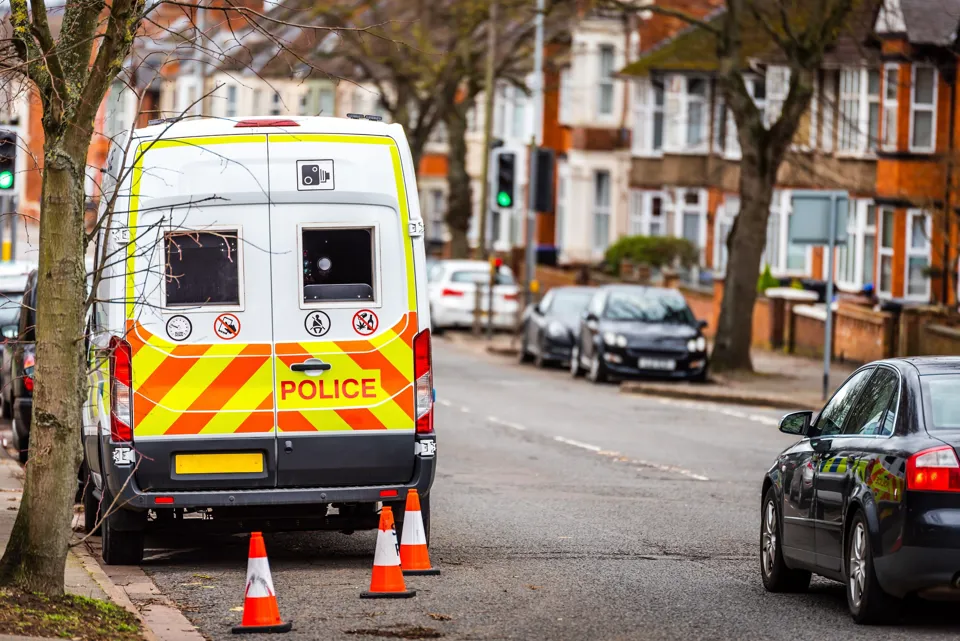IAM RoadSmart is calling for clearer guidelines on the use of police technology to encourage use of mobile safety cameras and dash cams in prosecuting motorists using handheld mobile phones and not wearing seatbelts.
It found that nearly two thirds of police forces contacted were not using mobile safety cameras to prosecute motorists spotted committing these offences, as they incorrectly thought it was illegal.
The road safety charity believes the inconstancy is encouraging motorists to flout the law and has highlighted the issue as part of its response to the Department for Transport’s Roads Policing review.
Neil Greig, policy and research director at IAM RoadSmart, said: “Clearer guidelines must be created so that police forces can be confident that they can enforce laws with the equipment available to them today – laws which were specifically designed to reduce the number of road casualties.
“Our research showed that the use of mobile safety cameras to pursue phone users and seatbelt offenders varies from one force to another. What we need are clear and consistent guidelines on what the cameras can be used for, what training staff need and how the images can be used as evidence. Stiffer penalties are only part of the enforcement jigsaw and fear of being caught must be increased so that resources are not wasted, or drivers think they can get away with flouting the law.”
The findings, which came from a Freedom of Information request, revealed that out of the 44 police forces, only 16 of them used images from the cameras to pursue these offences as a matter of routine, with a further four doing so occasionally. In addition, not all forces have adopted ‘Operation Snap’, which seeks to integrate dash cam footage into the prosecution system.
With 70% of drivers thinking mobile phone use behind the wheel has got worse in the last three years and 90% seeing it as a threat to their personal safety, IAM RoadSmart believes more must be done to utilise available technologies to improve road safety and reduce the number of road casualties.




















Login to comment
Comments
No comments have been made yet.